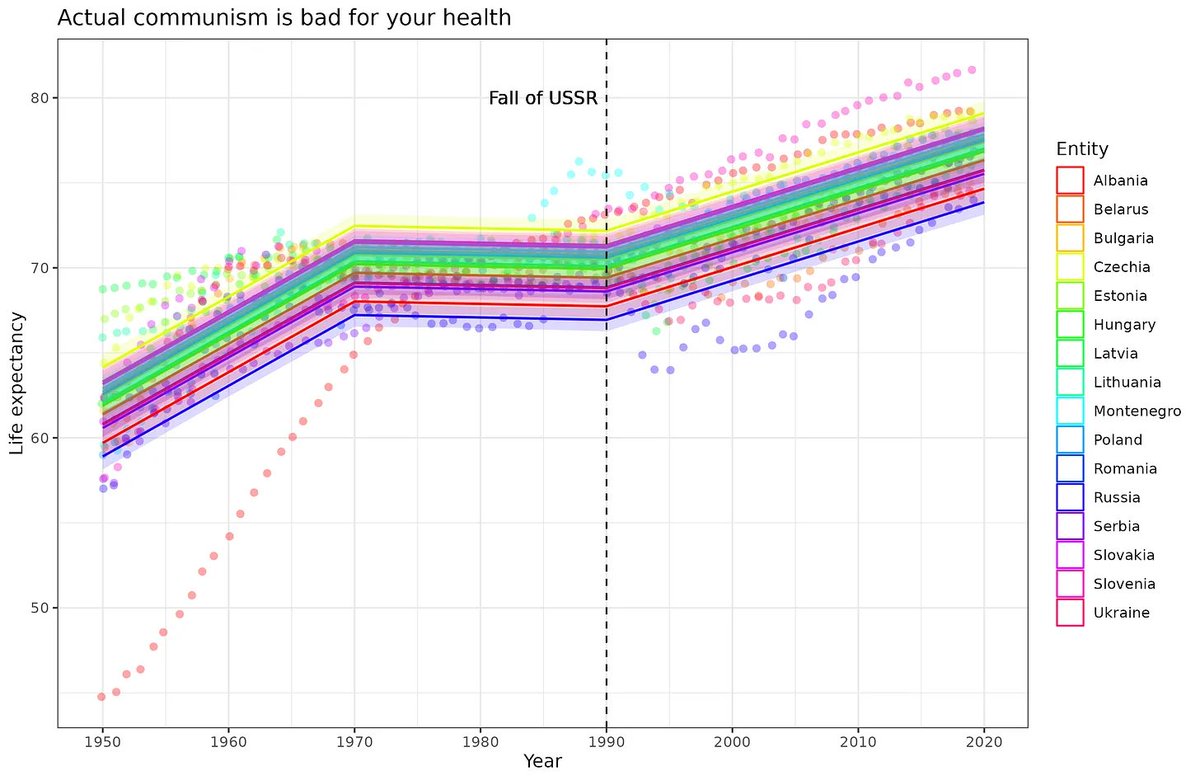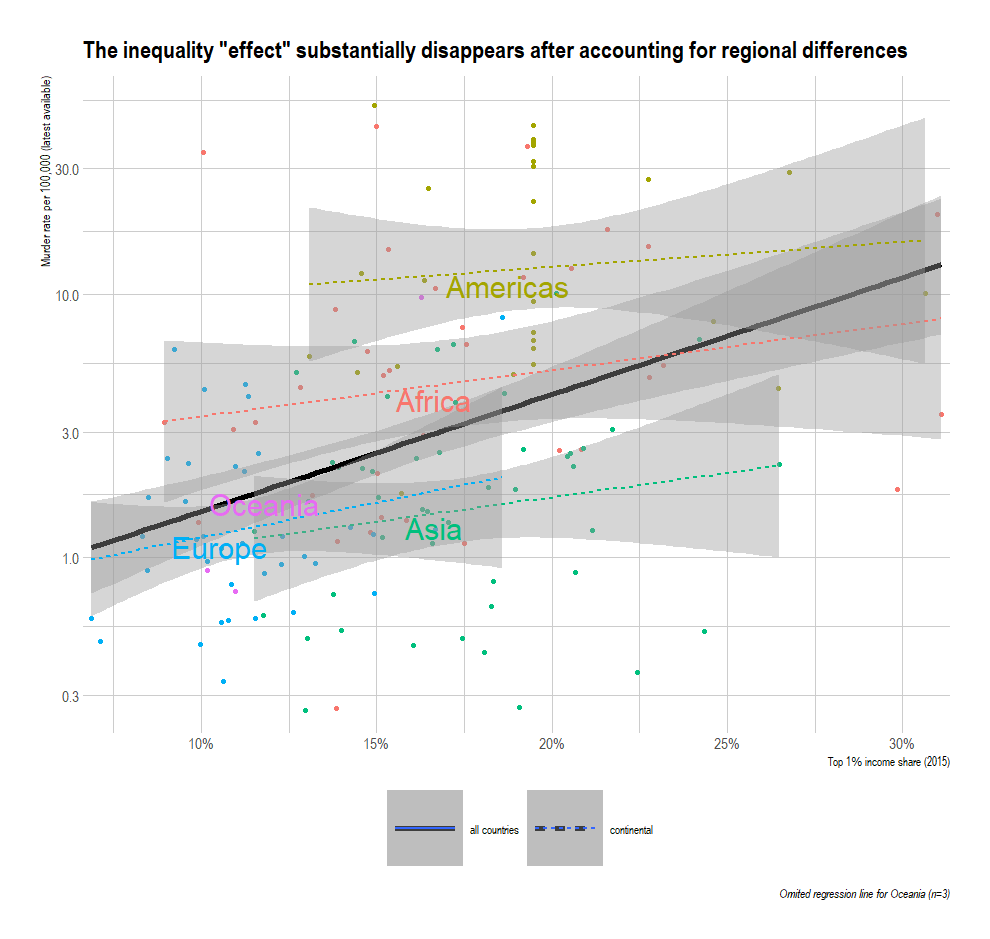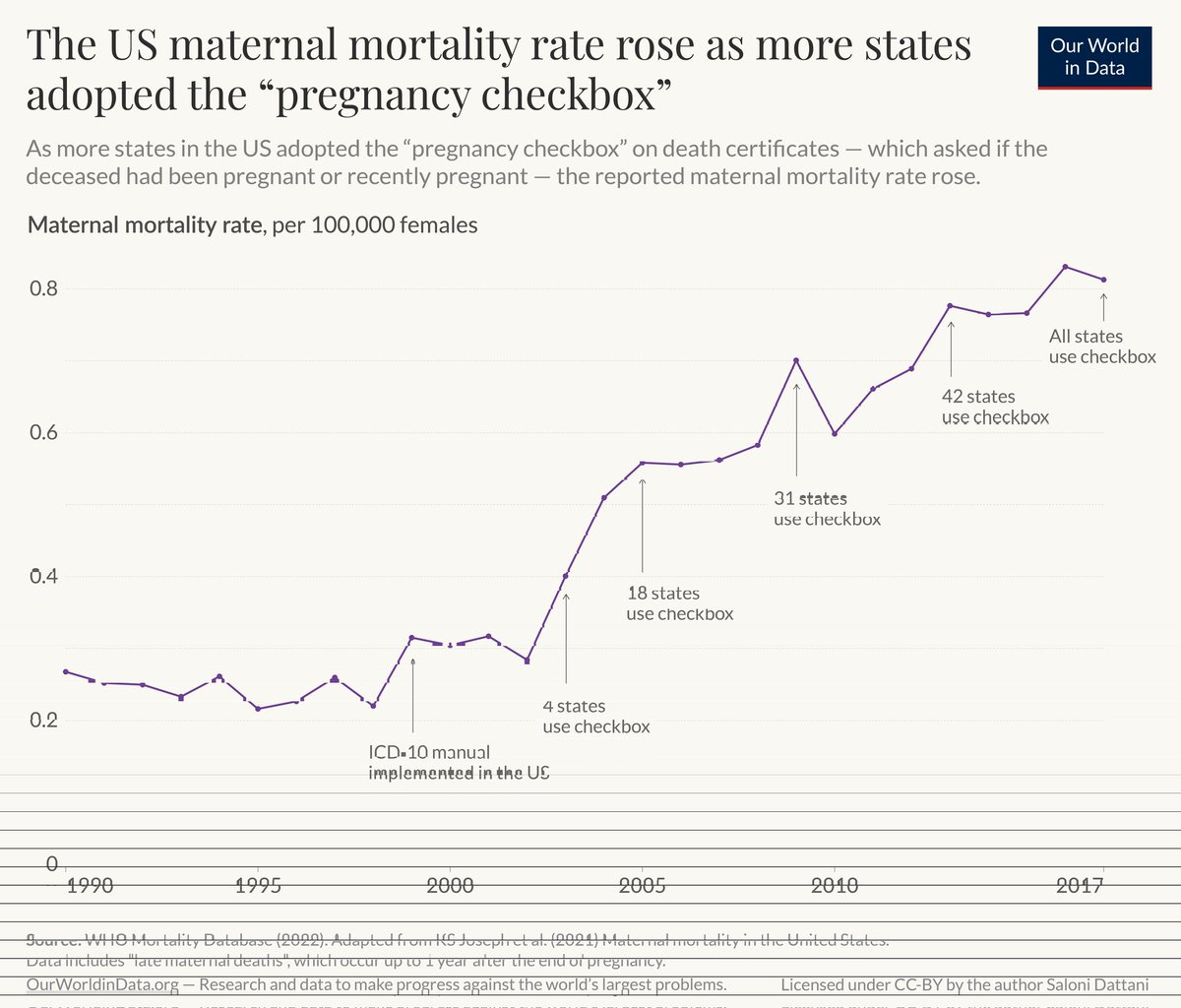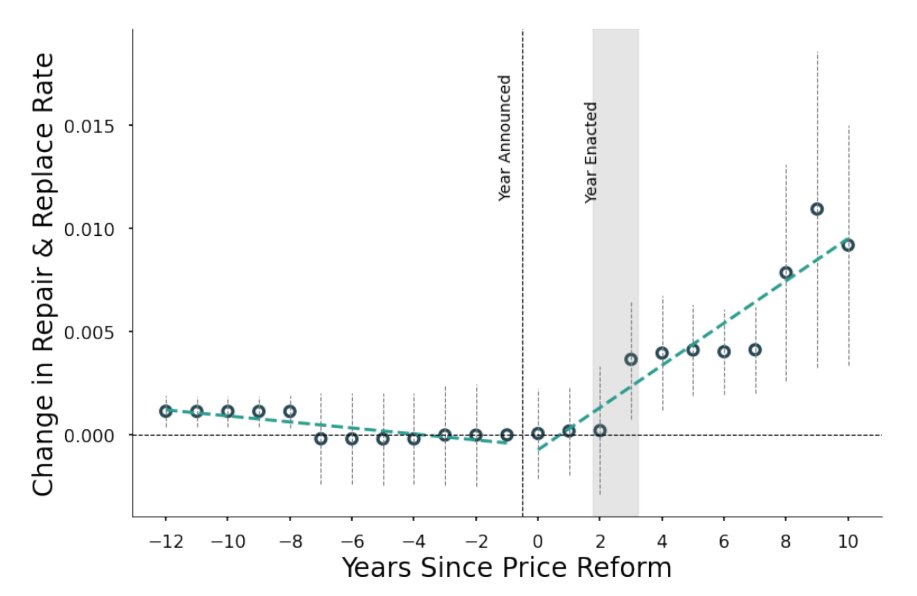
Random Critical Analysis
@rcafdm
A sporadic data blogger with some heretical, albeit generally sane, views
ID: 3330431235
http://randomcriticalanalysis.com 17-06-2015 01:12:26
46,46K Tweet
14,14K Followers
1,1K Following

New research collaboration with the European Central Bank (European Central Bank) First paper: Reassessing Euro Area financial integration, looking through the financial activities taking place in European “onshore offshore financial centers” (OOFCs) — Luxembourg, Ireland, and the Netherlands.





This brings to mind the graphic, below, from the NYPD’s very thorough, comprehensive 2015 report on Quality of Life Policing. The intro by Bill Bratton is worth a read. nyc.gov/html/nypd/down…
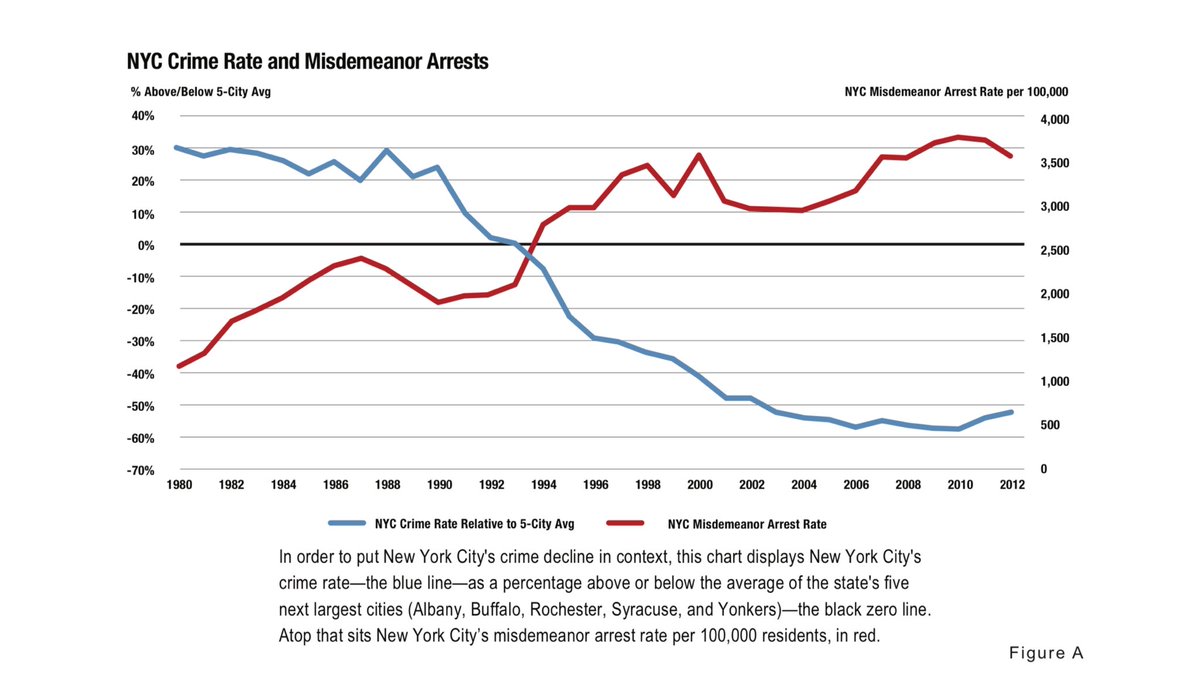



Cool new study in Criminology & Public Policy that revisits and reanalyzes data from the classic Kansas City Patrol Experiment. Findings suggest even in areas much larger than "hot spots," proactive patrol had a nontrivial suppression effect on crime. #AcademicTwitter onlinelibrary.wiley.com/doi/10.1111/17…
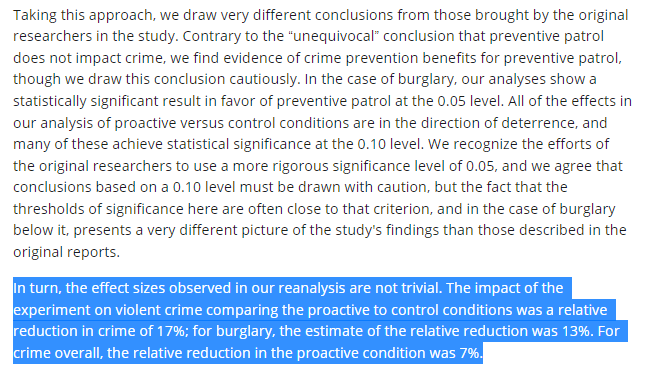





But Eric Topol the point is that America is *not* an outlier when you account for the fact it is so rich x.com/EricTopol/stat…



![Garett Jones (@garettjones) on Twitter photo A culture transplant helped get us the New Deal:
"[I]mmigrants influenced American political ideology during one of the largest episodes of redistribution in US history — the New Deal..." A culture transplant helped get us the New Deal:
"[I]mmigrants influenced American political ideology during one of the largest episodes of redistribution in US history — the New Deal..."](https://pbs.twimg.com/media/Fufs77QWYAA1nFW.jpg)
